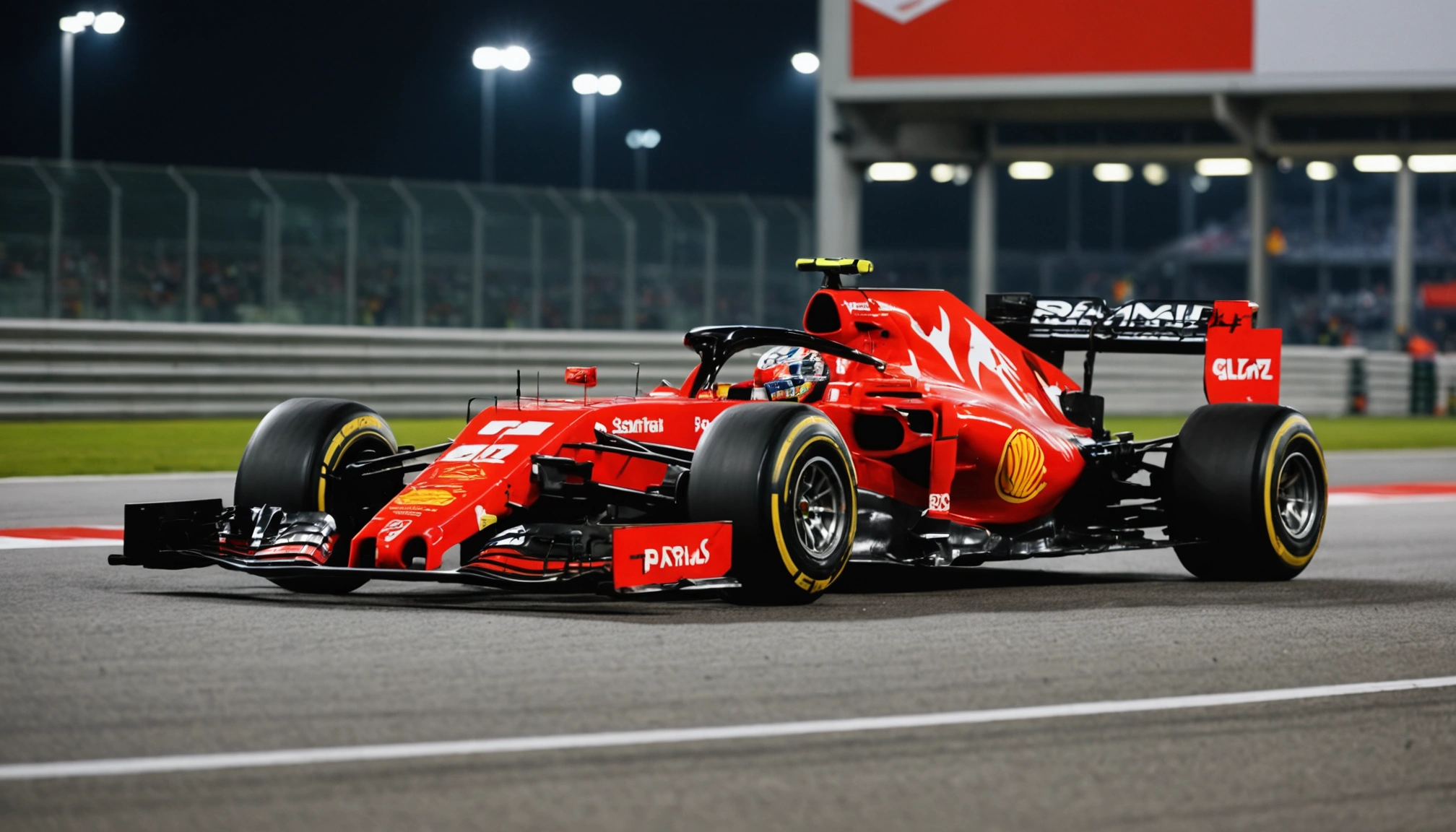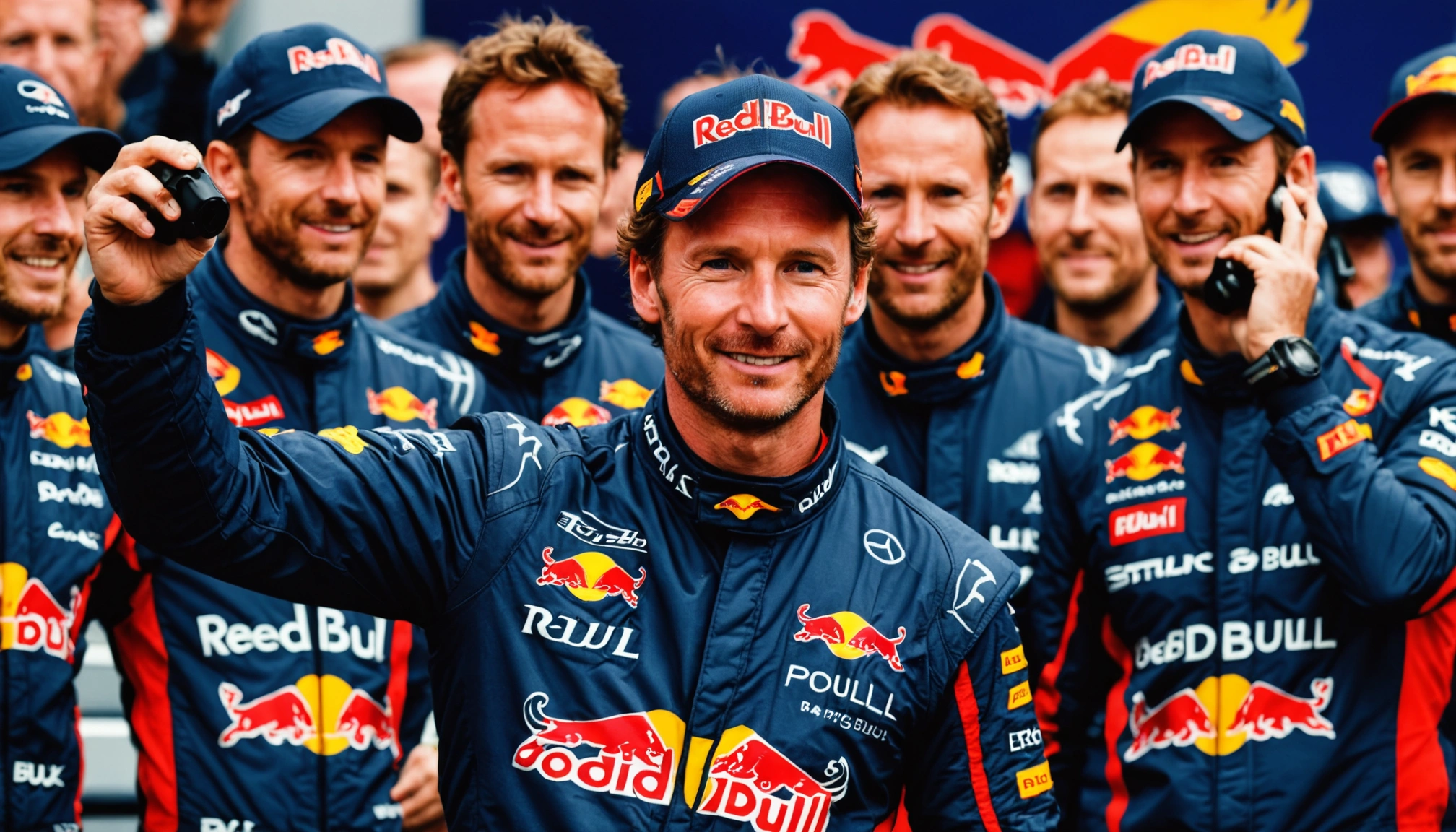How Faster Pitlane Speeds Could Transform The F1 Singapore GP
Discover how increasing pitlane speed limits could bring more excitement and strategy to the F1 Singapore GP, enhancing overtakes and race dynamics.

By Editorial
Introduction To Faster Pitlane Speeds In Formula 1
The Singapore Grand Prix has long been a highlight on the Formula 1 calendar, renowned for its night-time spectacle and challenging street circuit. However, recent seasons have seen criticism about processional races with limited overtaking opportunities. One proposed change that could inject fresh excitement is increasing the pitlane speed limit. But how exactly could faster pitlane speeds transform the dynamics of the Singapore GP? Let’s explore the potential impacts and challenges.
Why The Singapore GP Needs A Boost In Race Excitement
Singapore’s Marina Bay circuit is characterised by tight corners and limited straights, making overtaking notoriously difficult. This often results in drivers being stuck behind rivals for long periods, which can diminish the spectacle for fans. The current pitlane speed limit, set at 60 km/h, adds to the length of pit stops, further complicating strategic gambits and reducing the chances of position changes during the race.
With Formula 1 aiming to enhance on-track action, revisiting pitlane regulations has become a hot topic. Faster pitlane speeds could shorten pit stop durations and open up new tactical possibilities, potentially making the Singapore GP more unpredictable and thrilling.
How Faster Pitlane Speeds Could Affect Race Strategy
Increasing the pitlane speed limit would reduce the time lost during pit stops, encouraging teams to consider additional stops or alternative strategies that were previously too costly. For example, a driver might opt for a two-stop strategy to push harder on fresher tyres, knowing the time penalty for pitting is less severe.
This change could encourage more aggressive tyre management and varied race tactics, increasing the chances of position changes. It could also make undercuts and overcuts more effective, providing fans with more dramatic moments.
Case Study: Pitlane Speed Changes In Recent Seasons
In recent years, Formula 1 has trialled adjustments to pitlane speed limits in certain races, observing how these changes influenced race outcomes. For instance, when the limit was increased slightly at the 2022 Belgian GP, teams adapted quickly, and the race saw more strategic pit calls and position shuffles.
Applying similar adjustments to Singapore, with its unique circuit characteristics, could produce comparable benefits. The key is balancing safety with excitement, ensuring drivers can safely navigate the pitlane at higher speeds without compromising regulations.
Potential Safety Concerns And How They Can Be Addressed
Safety remains paramount in Formula 1, especially in high-stakes environments like the pitlane where mechanics and officials work in close proximity to racing cars. Increasing speed limits inevitably raises concerns about accidents or injuries.
However, advancements in pitlane design, including improved barriers, enhanced communication systems, and stricter protocols, can mitigate these risks. Additionally, drivers receive extensive training to handle faster pit entries and exits safely.
Formula 1’s governing body, the FIA, would need to conduct rigorous risk assessments and possibly introduce staggered speed increases to ensure a smooth transition.
How Faster Pitlane Speeds Could Enhance Fan Engagement
Fans crave unpredictability and overtaking action, and faster pitlane speeds could directly contribute to these elements. By shortening pit stop durations, the race flow becomes more dynamic, with teams able to execute surprise strategies that shake up the leaderboard.
This added unpredictability could boost viewership and on-site excitement, especially at an iconic event like the Singapore GP. It complements other recent changes in Formula 1 aimed at making races more competitive, similar to the innovations seen in the Premier League key football transfers where strategic moves have reshaped team dynamics.
Lessons From Other Motorsport Disciplines
Other racing series such as Formula E and touring car championships have experimented with faster pitlane speeds and innovative pit stop rules to enhance racing spectacle. These series often report increased overtaking and strategy variation, which can serve as valuable lessons for Formula 1.
Adapting these insights within the context of the Singapore GP could help Formula 1 create a more engaging race without sacrificing safety or tradition.
Conclusion: The Future Of The Singapore Grand Prix Pitlane
Increasing pitlane speed limits at the Singapore GP holds great promise to revitalise the race, making it more unpredictable and fan-friendly. While safety concerns must be carefully managed, the potential benefits to race strategy, overtaking, and overall excitement are significant.
As Formula 1 continues to evolve, changes like these illustrate the sport’s commitment to enhancing the spectacle. For those keen on motorsport and beyond, staying updated with developments similar to how Alcaraz and Sinner are redefining modern tennis rivalry shows the impact of innovation across sports.
Ultimately, faster pitlane speeds could be a game-changer at the Singapore GP, ensuring the night race remains a thrilling highlight on the calendar for years to come.
Related topics
Editorial
Sports expert at SportsScoop
Specialist in sports analysis and journalism
Related articles
Want to read more?
Explore our comprehensive collection of sports articles and analysis, or contact us for more information.



